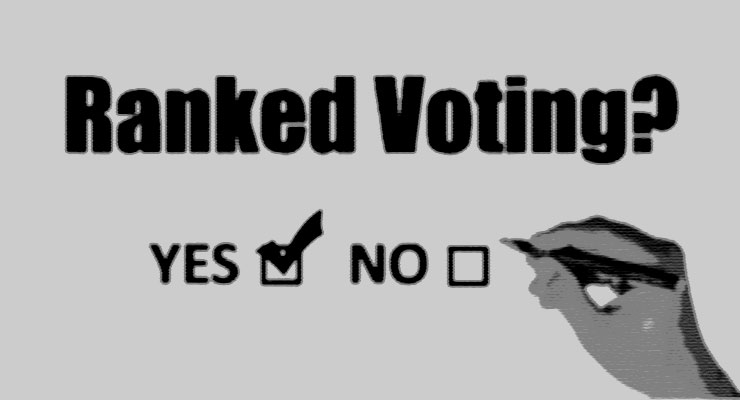 Maine became the first state to use the ranked voting system statewide starting only in 2018. Since then, a flurry of states and localities have been considering a switch to the unique system. A change to ranked voting and away from the universally used plurality voting system is beginning to be seen by many in both parties as a potential gamechanger. The University of Utah had this perspective in Newswise arguing that ranked voting gives voice to a diverse electorate. Here is an excerpt:
Maine became the first state to use the ranked voting system statewide starting only in 2018. Since then, a flurry of states and localities have been considering a switch to the unique system. A change to ranked voting and away from the universally used plurality voting system is beginning to be seen by many in both parties as a potential gamechanger. The University of Utah had this perspective in Newswise arguing that ranked voting gives voice to a diverse electorate. Here is an excerpt:
In a time when all eyes are on the health of America’s electoral process, a new approach to voting may give an enhanced voice to women and minorities — and provide political parties with better insight into how to adapt for the future.
An analysis of the 2020 Democratic presidential primaries that used Ranked-Choice Voting (RCV) for the first time shows this new approach was effective in providing consensus for selecting a presidential candidate, while acknowledging the desires of diverse voters, according to a new study published by New America, a Washington, D.C.-based policy institute.
Traditional voting follows a first-past-the-post model, where the candidate with the most votes wins. But in five states in 2020, the Democratic Party used the RCV model for the first time to determine the party’s presidential nominee and allocate delegates for the national convention. According to the model used in Alaska, Hawaii, Kansas, Nevada and Wyoming, voters selected their top five candidates in order of preference. Candidates who received 15 percent or more of the vote received a proportional number of delegates for the convention, and candidates who received less than 15 percent of any of the votes were removed from contention.
Read the full article here. Read the full article here. Also, see related Democracy Chronicles articles like those on the Voter Access, Voter Turnout, or even seen our section on American Democracy.
Leave a Reply